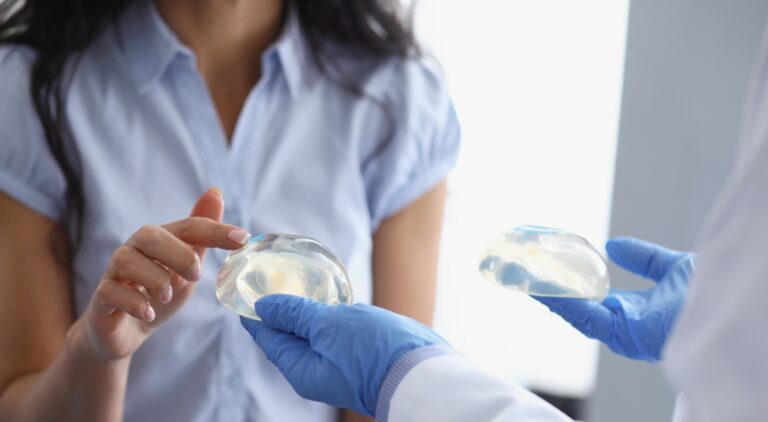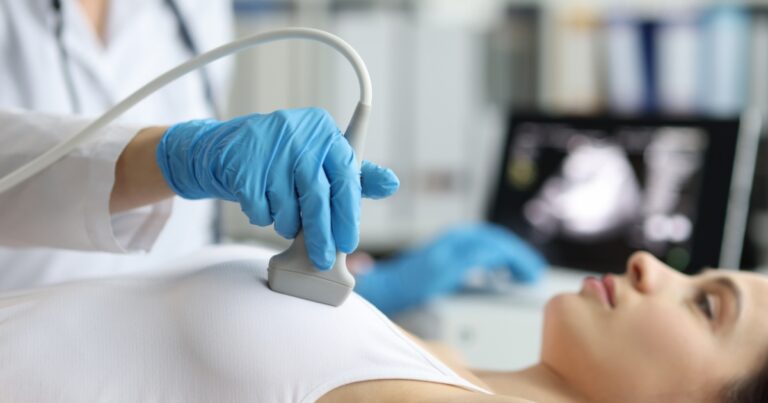Breast reduction surgery can be life-changing, relieving back pain, improving posture, and boosting confidence. But one common concern post-surgery is loss of sensation, especially in the nipples or breast skin. If you’re wondering how to regain sensation after breast reduction, you’re not alone.
While some numbness is normal during recovery, most women regain feeling over time. In this article, we’ll explain why sensation changes happen, what’s considered normal, and practical tips and treatments that may help restore nerve function and sensitivity naturally as your body heals.
Understanding Sensation Changes Post-Breast Reduction
Why Nerve Sensitivity Alters After Surgery?
Breast reduction surgery involves the removal of excess breast tissue, fat, and skin, which can affect the nerves responsible for sensation. During the procedure, nerves may be stretched, compressed, or even severed, leading to temporary or permanent changes in sensitivity. The extent of sensation loss varies depending on the surgical technique used and individual healing processes.
- Nerves may be temporarily disrupted during surgery.
- Sensation changes can be due to nerve stretching or compression.
- Individual healing processes affect the degree of sensation loss.
Common Areas Affected by Sensation Loss
Sensation loss is most commonly experienced in the nipple and areola, but it can also affect other parts of the breast. The degree of sensation change can range from mild tingling to complete numbness. Understanding which areas are typically affected can help set realistic expectations for recovery.
Book A Consultation With Dr Tarek Bayazid
Top-rated Plastic Surgeon For Breast Augmentation in Dubai
Installment Plan Available
- Nipple and areola are the most affected areas.
- Sensation changes can vary from tingling to numbness.
- Other parts of the breast may also experience altered sensitivity.
Typical Timeline for Nerve Regeneration
Nerve regeneration is a gradual process that can take several months to years. While some patients may notice improvements within a few weeks, others may experience a longer recovery period. Patience and consistent care are essential during this time.
- Nerve regeneration can take months to years.
- Some improvements may be noticed within weeks.
- Consistent care is crucial for optimal recovery.
Techniques to Enhance Nerve Healing and Sensation Recovery
Gentle Massage and Stimulation Methods
Gentle massage and stimulation can promote blood flow and encourage nerve healing. Techniques such as light circular motions around the affected areas can be beneficial. It’s important to consult with a healthcare professional before starting any massage routine.
- Light circular motions can promote blood flow.
- Consult a healthcare professional before starting.
- Regular massage may aid in nerve healing.
Nutritional Support for Nerve Health
A balanced diet rich in vitamins and minerals can support nerve health. Nutrients such as vitamin B12, omega-3 fatty acids, and antioxidants play a crucial role in nerve regeneration. Incorporating these into your diet can aid in sensation recovery.
- Vitamin B12 supports nerve health.
- Omega-3 fatty acids aid in nerve regeneration.
- Antioxidants can promote overall healing.
Physical Therapy Exercises for Breast Tissue
Physical therapy exercises can improve circulation and flexibility in the breast area, supporting nerve recovery. Exercises should be gentle and tailored to individual needs, focusing on gradual progress.
- Gentle exercises improve circulation.
- Tailored exercises support nerve recovery.
- Gradual progress is key to effective therapy.
Medical Interventions for Improving Sensation
Topical Treatments and Medications
Certain topical treatments and medications can enhance nerve healing and reduce discomfort. These may include creams containing capsaicin or lidocaine, which can be applied to the affected areas under medical supervision.
- Capsaicin creams may enhance nerve healing.
- Lidocaine can reduce discomfort.
- Medical supervision is essential for safe use.
Nerve Grafting and Reconstruction Options
In cases of significant sensation loss, nerve grafting or reconstruction may be considered. These advanced surgical techniques aim to restore nerve function and improve sensation, though they are typically reserved for severe cases.
- Nerve grafting can restore function.
- Reconstruction may improve sensation.
- Reserved for cases of significant loss.
Advanced Surgical Techniques for Sensation Preservation
Some surgical techniques are designed to preserve nerve function during breast reduction. These may include careful dissection and nerve-sparing methods, which can minimize the risk of sensation loss.
- Nerve-sparing methods minimize risk.
- Careful dissection preserves function.
- Techniques vary based on individual needs.
Lifestyle Adjustments to Support Sensation Regain
Proper Incision Care and Scar Management
Proper care of surgical incisions and scars is vital for nerve healing. Keeping the area clean, moisturized, and protected from the sun can prevent complications and support recovery.
- Clean and moisturize incisions regularly.
- Protect scars from sun exposure.
- Proper care prevents complications.
Clothing and Bra Choices for Comfort
Wearing comfortable clothing and supportive bras can reduce irritation and promote healing. Opt for soft fabrics and well-fitted bras that do not compress the breast tissue excessively.
- Choose soft, comfortable fabrics.
- Well-fitted bras support healing.
- Avoid excessive compression.
Stress Reduction and Mental Health Support
Stress can negatively impact the healing process, so managing stress through relaxation techniques and mental health support is crucial. Practices such as meditation, yoga, and counseling can be beneficial.
- Relaxation techniques reduce stress.
- Meditation and yoga support healing.
- Counseling offers mental health support.
Final Thoughts
Regaining sensation after breast reduction is a journey that requires patience, care, and realistic expectations. By understanding the factors that influence nerve healing and implementing supportive techniques, individuals can enhance their recovery process. Consulting with healthcare professionals and staying informed about available options can further aid in achieving the best possible outcome.
FAQs
How long does it take to regain sensation after breast reduction?
The timeline for regaining sensation after breast reduction varies. Some individuals may notice improvements within a few weeks, while others may take several months to years. Consistent care and patience are essential during this recovery period.
What percentage of patients regain full sensation after breast reduction?
The percentage of patients who regain full sensation after breast reduction varies widely. While some studies suggest that a significant number of patients experience partial or full recovery, individual outcomes depend on various factors, including surgical technique and personal healing processes.
Can you permanently lose sensation after breast reduction?
Permanent sensation loss after breast reduction is possible, though it is relatively uncommon. The risk depends on factors such as the extent of tissue removal and the surgical technique used. Discussing potential risks with your surgeon can provide a clearer understanding of your individual case.
Are there exercises to improve sensation after breast reduction?
Yes, there are exercises that can help improve sensation after breast reduction. Physical therapy exercises focusing on gentle movements and stretching can enhance circulation and support nerve recovery. It’s important to consult with a healthcare professional to ensure exercises are appropriate for your specific needs.








